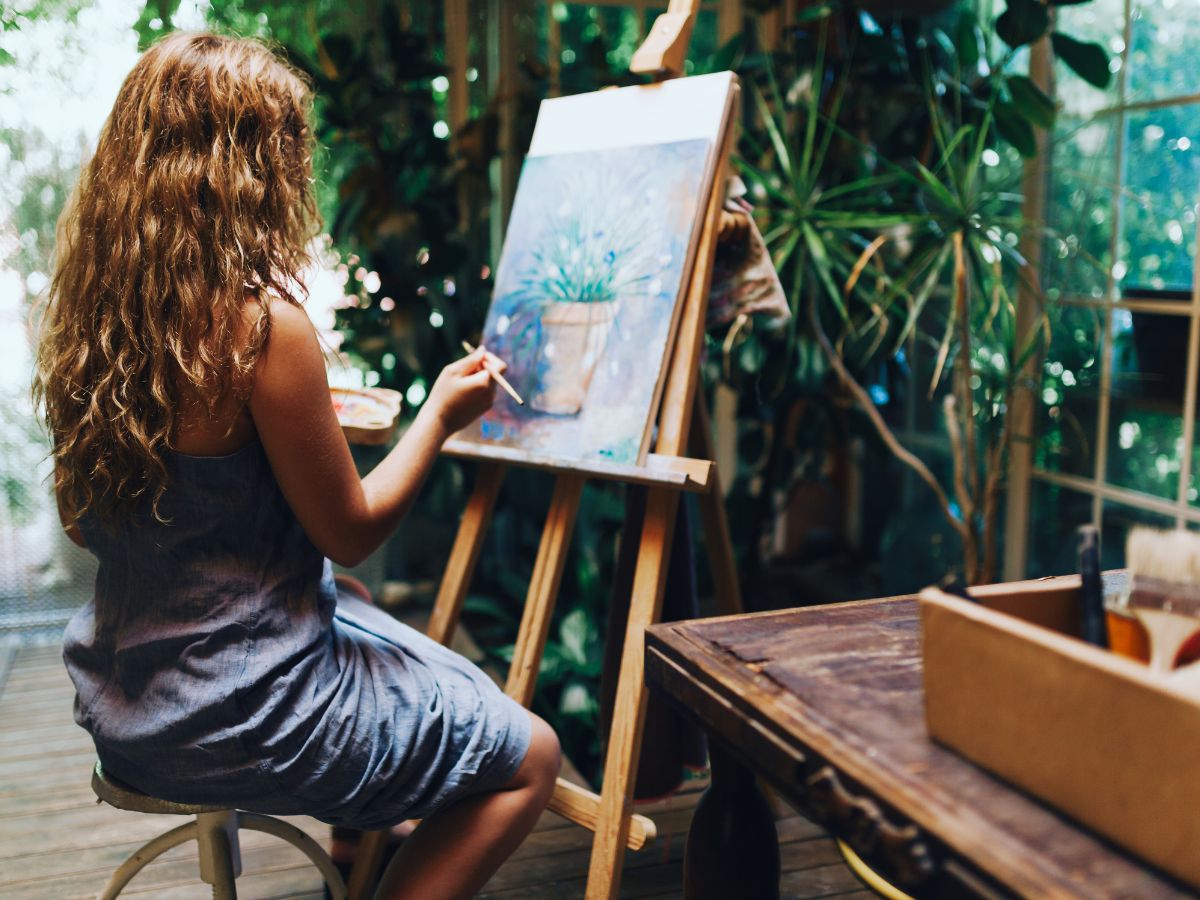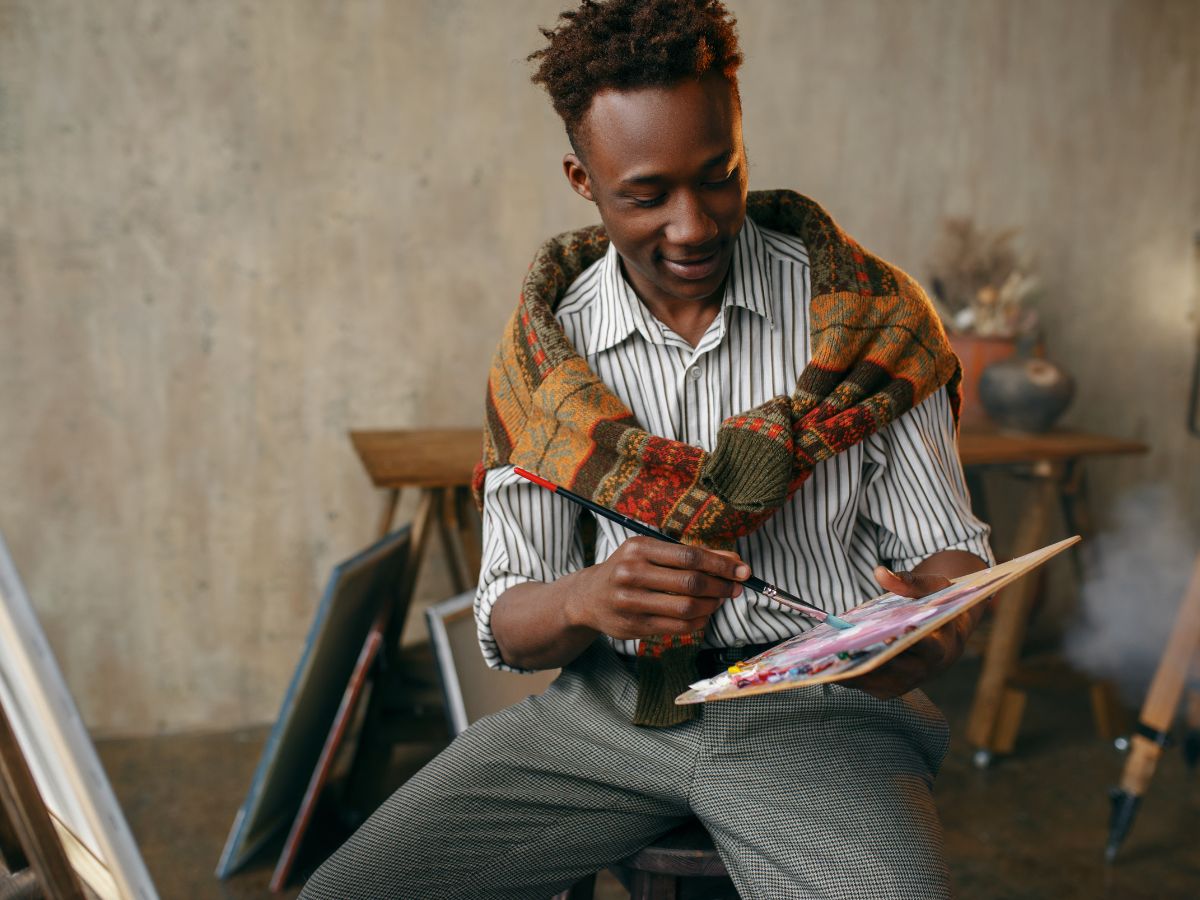
Discovering New York City’s Free Art Galleries
New York City is a global hub for the arts, with its iconic museums and galleries drawing millions of visitors every year. Museums remain highly valued by the public. More Americans visit museums—including art museums, science centers, and historic sites—than attend professional sporting events.








